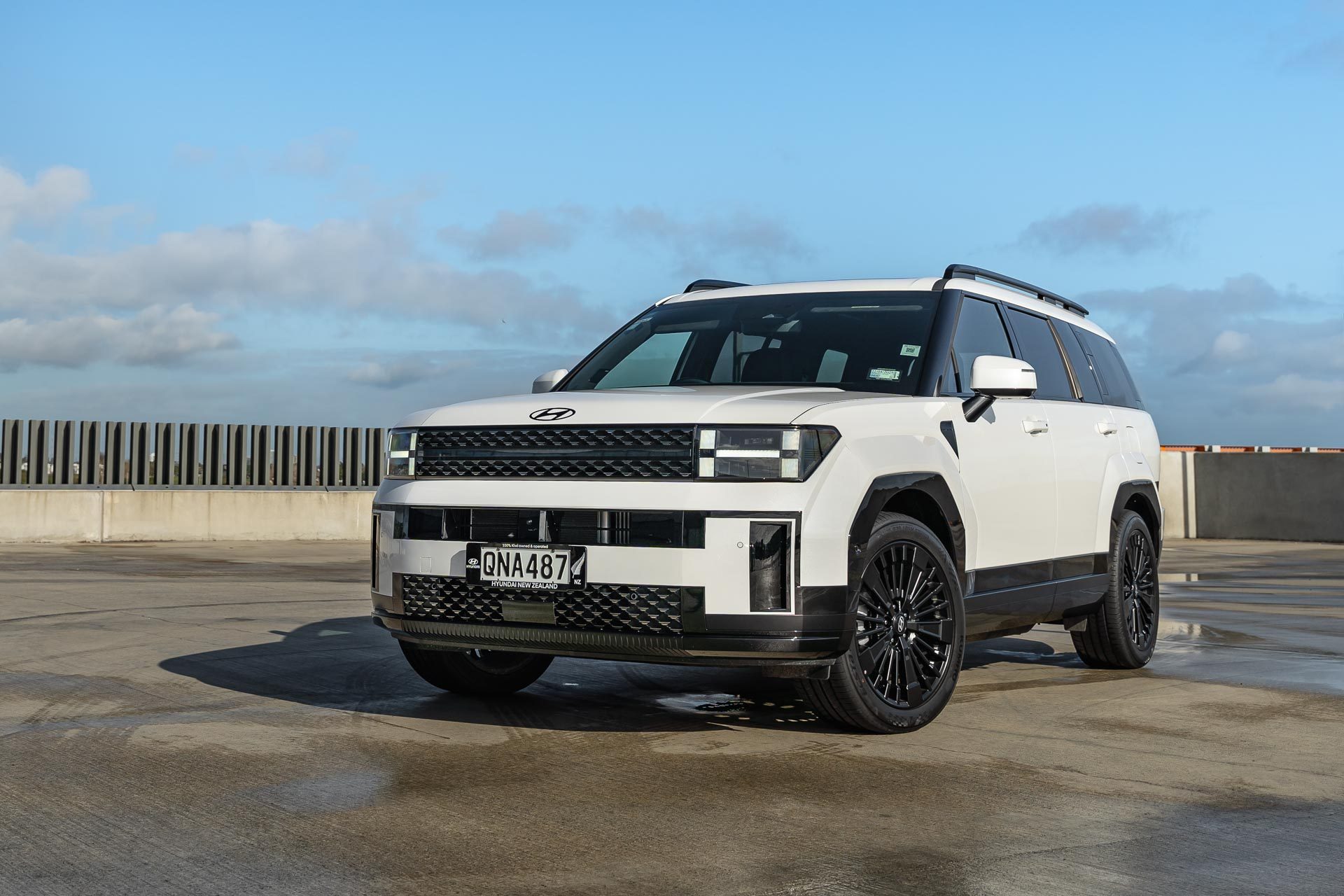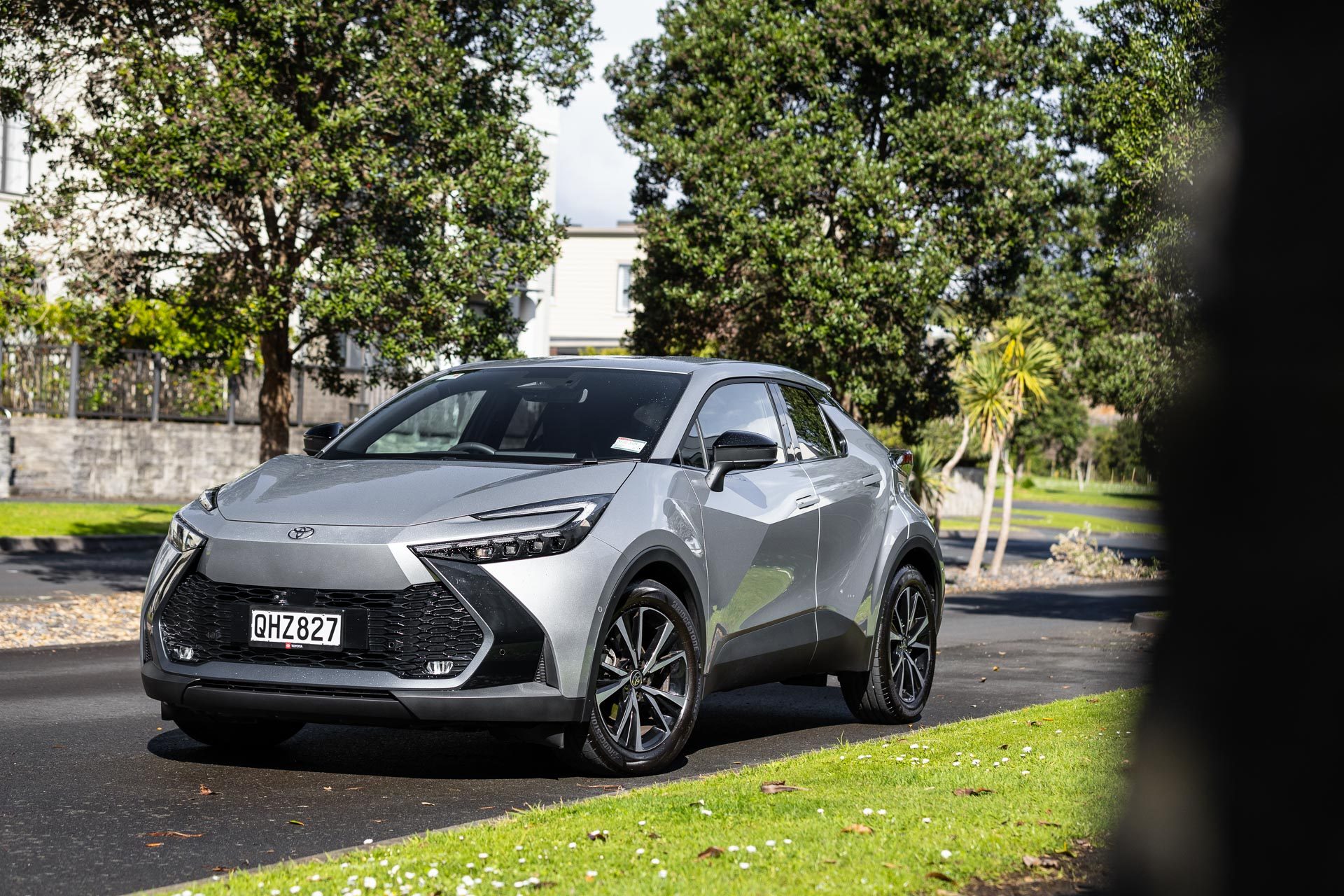Feature article
Best SUVs of 2024 and 2025
Top SUVs of 2023-2024: Suzuki Jimny 5-door for off-roading, Hyundai Santa Fe hybrid, and the stylish Toyota C-HR.

Suzuki Jimny 5-door
Suzuki has expanded the Jimny lineup with a five-door model, adding practicality while retaining its rugged off-road charm. The new version offers extra space for passengers and a slightly larger boot (211L), making it more usable for adventures. It maintains the core Jimny elements, including a ladder chassis, solid axles, and switchable four-wheel drive with low-range gearing. However, the extended wheelbase (340mm longer) increases the turning circle, slightly reducing agility off-road.
The five-door starts at $40,990 for the manual and $45,500 for the two-tone auto. The interior remains utilitarian with durable materials, a nine-inch infotainment screen and features like a reversing camera, Android Auto, and Apple CarPlay. Safety tech includes collision warning, automatic braking, and lane departure alert.
The 1.5L engine (75kW, 130Nm) struggles with the added weight, requiring frequent gear shifts. Fuel consumption averages 8.8L/100km. While excellent off-road, the Jimny isn't as refined on-road, with slow steering, a large turning circle and a bouncy ride. The five-door enhances practicality but sacrifices some of the three-door’s nimbleness and charm, making it a trade-off between utility and character.
Hyundai Santa Fe
The 2024 Hyundai Santa Fe debuts with a bold, boxy design and significant updates. It remains a seven-seater but is slightly longer while keeping its width unchanged. Pricing has increased, with the Santa Fe Active starting at $84,990, Limited at $96,990, and Calligraphy at $104,990, though an introductory $10,000 discount softens the rise.
The new Santa Fe now features a hybrid-only powertrain, dropping the diesel option. Powered by a 1.6T petrol engine paired with an electric motor, it delivers 172kW/367Nm, achieving 6.2L/100km fuel consumption. Towing capacity is now 1650kg, lower than the previous diesel model's 2500kg. Ride quality is refined with frequency-sensitive dampers, and the hybrid system transitions smoothly between EV and petrol modes.
Inside, Hyundai has decluttered the console, offering a Panoramic Curved Display, wireless charging and abundant USB ports. The Calligraphy trim adds nappa leather and ventilated seats. Safety is enhanced with 10 airbags and improved collision avoidance. While towing capacity may deter some, the Santa Fe remains a spacious, well-equipped, and refined option in the seven-seater SUV market.
Toyota C-HR
The second-generation Toyota C-HR continues its bold styling and adds updated hybrid technology, competing in New Zealand’s crowded compact SUV market. Priced between $45,990 and $57,000, it slots above the Yaris Cross and overlaps with the Corolla Cross and RAV4. Buyers drawn to its distinctive looks and compact size will also appreciate its fuel efficiency, with a hybrid system delivering 4.4L/100km.
The lineup includes four models: the entry-level GX, the mid-spec GXL ($49,990), the feature-rich Limited ($52,990), and the sporty GR Sport ($56,000) with all-wheel drive and a 2.0L engine producing 145kW. Standard features include voice recognition, a 12.3-inch touchscreen, wireless Apple CarPlay/Android Auto, and a five-star safety rating.
Inside, the C-HR offers a stylish yet compact cabin with a high-set cockpit-like seating position. Practical elements include a digital driver display, easy-to-use controls, and a surround-view camera. Rear space is limited, and the 356L boot is compact due to the swoopy design.
Toyota’s refined hybrid system blends petrol and electric power smoothly, excelling in urban driving while offering decent highway performance. The ride is comfortable, though road noise is noticeable at higher speeds. While rivals like the Haval Jolion and Honda HR-V offer alternatives, the C-HR stands out for its style and efficiency.
Author
Other articles you might like







